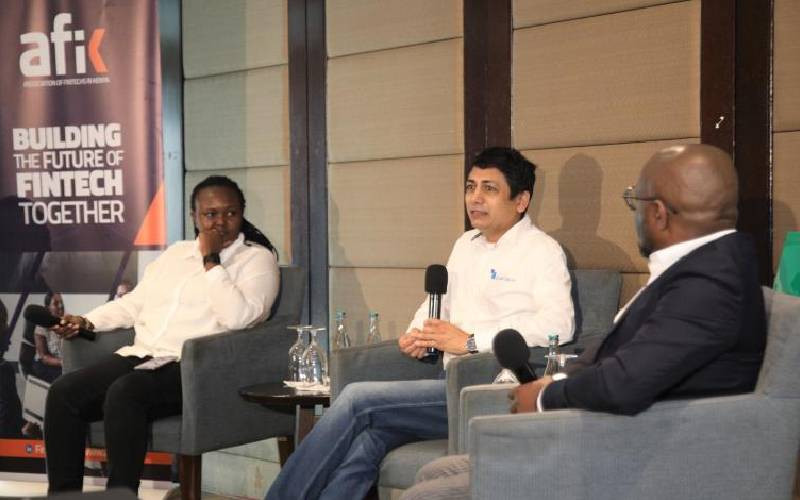
Data is really skyrocketing in terms of volume, velocity, value, veracity and variety. And once data gains these five characteristics, it’s referred to as Big Data.
Billions of gigabytes are being converted into digital data daily. Business transactions, social interactions, electronic files, broadcastings and sensors are the main sources of Big Data. Tech trends like the Internet of Things (IoT) and blockchain technology are all mothered by Big Data.
These large amounts of data sets are then analysed and computed to find relationships, trends and associations, mostly in regard to human behaviour and interactions.
With the growth in Internet usage, the absorption and automation of business operations and services, like points of sale, online transactions, robots in manufacturing and smart healthcare systems, have made it much easier to find business intelligence through data analytics.
The downside, however, is that with all these avenues through which organisations can collect data, its storage and analysis have become a big issue. Most businesses are forced to dispose of the data they collect for fear of data storage costs, security and management.
But if this data were used as a resource, the development of strategic plans would be more refined and purpose-oriented. This would then lead to smart industry-oriented innovations for corporates.
Lower risk
We’ve already seen plenty of innovative products that ride on Big Data. One of the more recent ones is Fuliza, a credit product from Safaricom and Commercial Bank of Africa. After analysis of big volumes of M-Pesa transactions, these organisations were able to see trends and algorithms that they then used to give subscribers their credit limits.
Since the limit is based on your record of transacting, they can easily project the credit you’d be able to pay and lower the risk of bad debts. That’s how a product like Fuliza can be successfully launched without conducting much of a physical market survey.
And it’s not just the private sector that’s chasing after Big Data. The Kenya Revenue Authority, in its 2019-2021 Strategy expects data and intelligence to help it innovate smart technologies that are industry oriented to grow its tax base with less input and more efficiency.
You can expect more smart solutions in the next decade – the previous decade was marked by networking. Data collected from automations are the most valuable resources firms will own for the next phase of competitions and service delivery.
Today, most premises are equipped with CCTV cameras, points of sale, mobile money payment options, automated manufacturing systems, social media pages and more. Out of this, large volumes of data are realised and if companies don’t see this as a resource, they may be phased out soon.
The burden is now on data analysts to make sense of this information to drive smarter tech. With data analysis, organisations can learn, strategise, plan and implement trends, and develop algorithms that boost their operations.
The greatest reason for Big Data analytics, however, remains the provision of more customised services and products aligned to the data collected, and increased efficiency.
Stay informed. Subscribe to our newsletter
[Kanyi Mark and Kenneth Wanjau are data analytics and digital forensics enthusiasts.]
 The Standard Group Plc is a
multi-media organization with investments in media platforms spanning newspaper
print operations, television, radio broadcasting, digital and online services. The
Standard Group is recognized as a leading multi-media house in Kenya with a key
influence in matters of national and international interest.
The Standard Group Plc is a
multi-media organization with investments in media platforms spanning newspaper
print operations, television, radio broadcasting, digital and online services. The
Standard Group is recognized as a leading multi-media house in Kenya with a key
influence in matters of national and international interest.
 The Standard Group Plc is a
multi-media organization with investments in media platforms spanning newspaper
print operations, television, radio broadcasting, digital and online services. The
Standard Group is recognized as a leading multi-media house in Kenya with a key
influence in matters of national and international interest.
The Standard Group Plc is a
multi-media organization with investments in media platforms spanning newspaper
print operations, television, radio broadcasting, digital and online services. The
Standard Group is recognized as a leading multi-media house in Kenya with a key
influence in matters of national and international interest.









